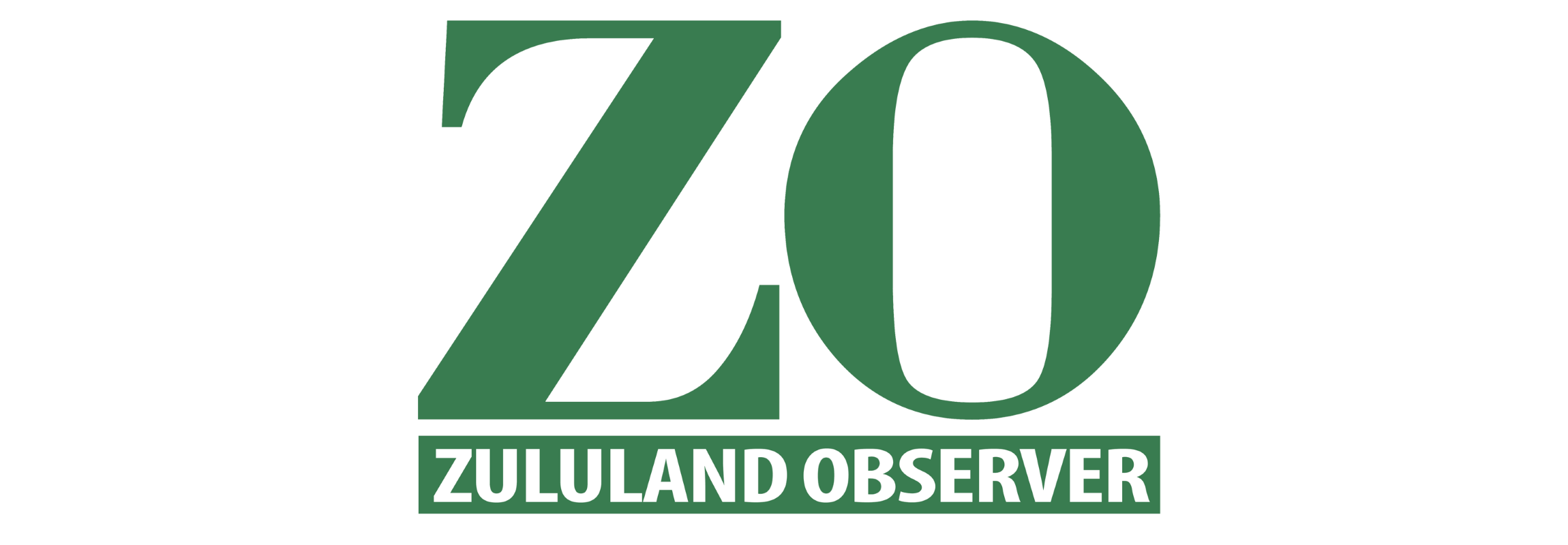Optimistic education claims nothing but an illusion
As 680 000 pupils across South Africa rally, pen in hand, to write the most important exam of their 12-year school career, the proverbial elephant in the room stands strong, threatening to stomp on their future. Credibility is its name, and sadly, the larger part of the nation still questions its existence in the current …
As 680 000 pupils across South Africa rally, pen in hand, to write the most important exam of their 12-year school career, the proverbial elephant in the room stands strong, threatening to stomp on their future.
Credibility is its name, and sadly, the larger part of the nation still questions its existence in the current education system.
Despite Basic Education Minister Angie Motshekga’s many efforts to defend the current standard of education and boast about the ever-rising matric pass rate since she took office in 2009, a cloud of doubt still stubbornly hovers over her assurances.
This is partly owing to the fact that the proudly announced ‘all-time high’ 78.2% matric pass rate last year illustrated a canvas with only half a picture.
Yes, of the 562 112 full-time matriculants, 439 779 passed.
But what of the Grade 12 pupils expected to fail and weeded out, or the 549 746 pupils who dropped out earlier in Grade 10 and 11?
In layman’s terms, only about half the pupils in Grade 10 even made it to Grade 12 to write matric exams last year.
Thousands of them are no doubt downtrodden and dejected by weak results halfway into high school.
Could it have anything to do with the controversial text book shortages or the 22 882 teachers sitting at home with fully paid leave while waiting for their incapacity and retirement applications to be processed?
This year the pass rate will most certainly also exclude the 496 Kuruman matriculants who will only be able to write their exam next year owing to a three-month protest at 40 schools in the region.
Not to mention the spate of violence from unruly pupils nationwide, compelling organisations like the SA Onderwysunie (SAOU), Federation of Governing Bodies of SA Schools (Fedsas) and National Association of School Governing Bodies (NASGB) to meet in a desperate attempt to bring back a thread of discipline to the system.
It is no wonder one raises an eyebrow to optimistic remarks of SA’s education being ‘on the right track’.
To restore trust in the education system, Motshekga and her department absolutely have to tackle the scandals, stop the never-ending disruptions and implement her task team’s vital recommendations to increase the minimal pass rate of 30%, which has in its own right raised a deafening outcry from the public.
Only then can the department brag about all the ‘progress made away from mediocrity’.


